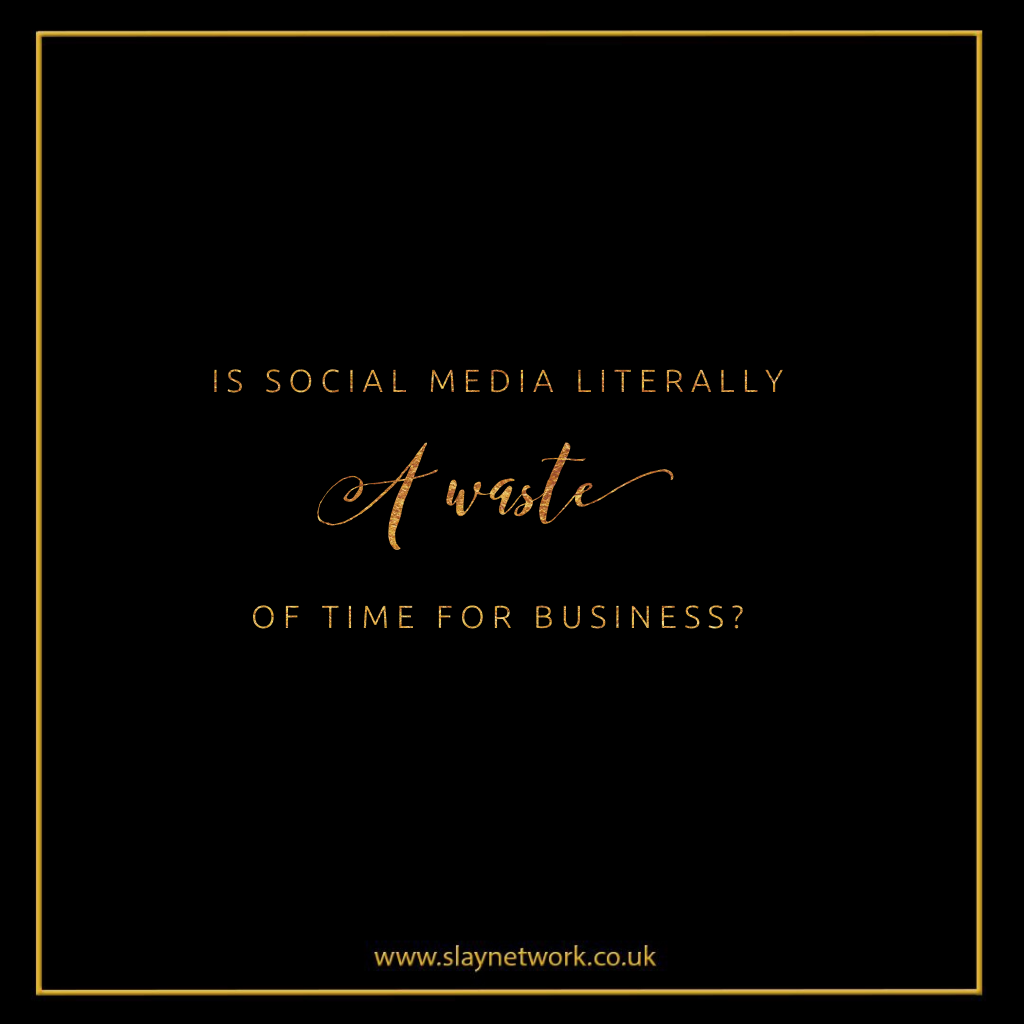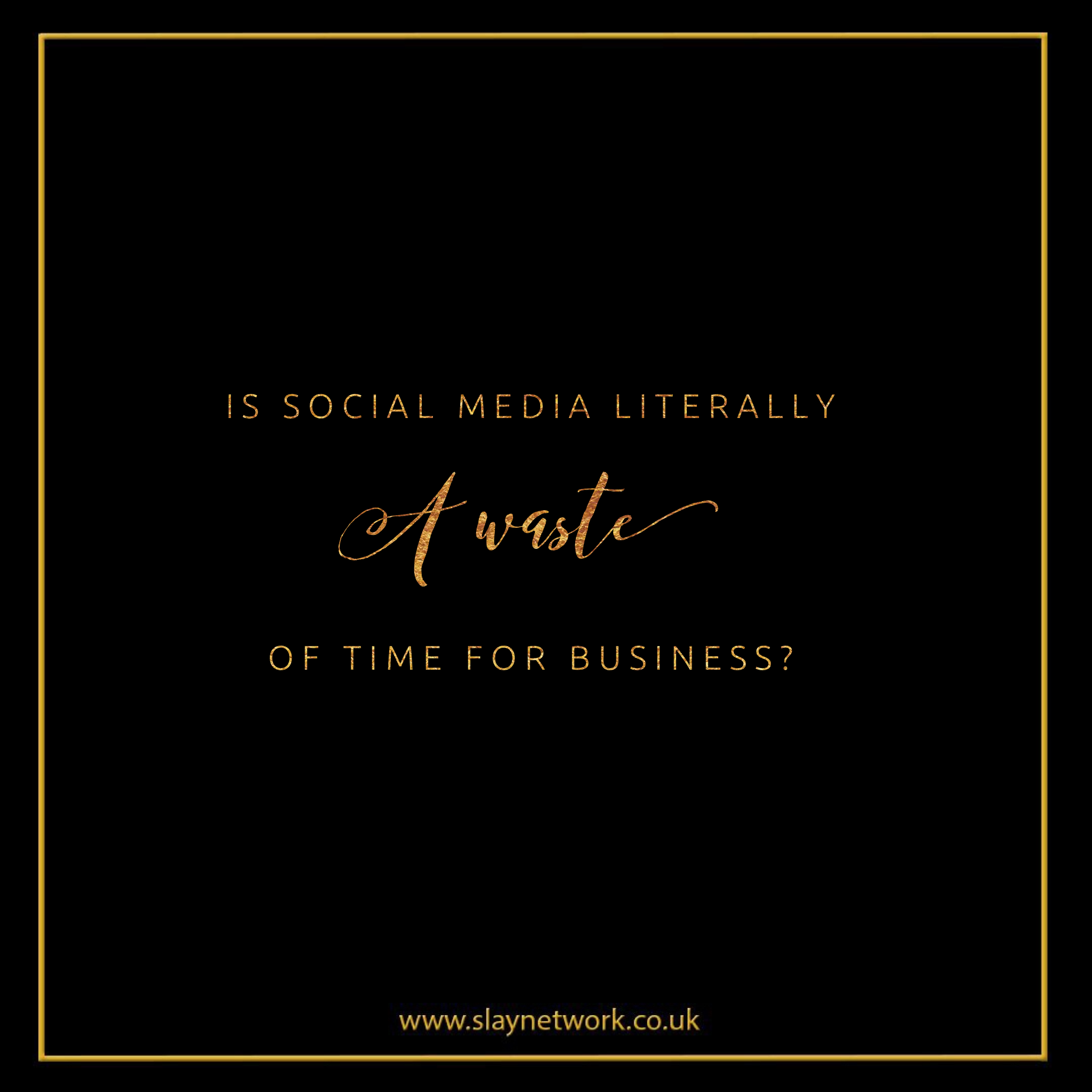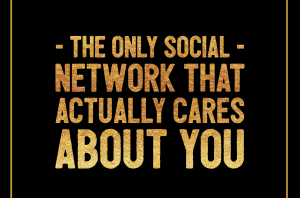
Does Facebook advertising work?
If you’re asking this question, chances are your business is experiencing one of three common marketing problems: a lag in sales, dipping site traffic, or a lack of engagement or ‘followers.’ You’d like to turn to social media advertising to address one or all of these problems, which often go hand-in-hand.
Does Facebook advertising work? Yes and no. Social media advertising should absolutely be part of your overall social media strategy but if you’re trying to solve problems with sales, traffic, and engagement you should be asking yourself three questions:
* Do I know what products I want to sell in the next three months?
* Is it obvious that this is the priority by looking at our home page, blog, and social media accounts?
* As part of our social media strategy, are we regularly publishing quality content featuring topics related to this promotion?
*
If you answered no to any of these questions then social media advertising will not work for you. Creating a Facebook ad, promoting a tweet on Twitter, or pushing a sponsored post on Instagram is not going be the cure-all you’re hoping for. What it will be, however, is expensive.
Expensive because you will be paying a premium for each and every click to send people… where, exactly? To what? To your homepage? Who do you want to be clicking on your ad and what do they want to see? These are all questions about content.
Invest in Content, Not Clicks
Content first, advertising second. For the cost of roughly 9 clicks, you could hire a digital marketing professional to write a blog post instead. That blog post will remain on your site for eternity. It will pick up search traffic, direct people to your site, and get clicked on: forever. A blog post doesn’t expire with the end date of a PPC campaign.
Great content is developed based on an in-depth understanding of a brand, a product, and a customer base. An organized content strategy will take longer to develop than a quickie social media campaign, but great content will have a lasting, positive impact on your brand’s online presence indefinitely.
Websites with great content:
* Attract organic traffic, boosting the brand’s rank in a Google search over time
* Make the company more credible by providing up-to-date information, tips, and advice relevant to the consumer
* Connect with customers on a personal level by showing that the company shares similar interests and concerns, which will result in sales over time
Developing great content is not only a budget-friendly approach to address problems with sales, traffic, and engagement: it’s a permanent solution. Great content is a permanent fix versus the temporary band-aid of a hasty social media advertising campaign. What good are the numbers without real, lasting, impact? Without the content you’re just paying for clicks into the void.
When Social Media Advertising Works
Social media advertising should be a part of an overall marketing strategy. Like great content on a website, social media advertising works best when it’s highly controlled and targeted. Once you have established a content strategy and a publishing calendar, you’ll be able to reassess your needs. Most importantly, you’ll have a stable of content to use to create links and “click candy” for your ads.
Facebook Ad Comparison: Which ad did I click on?
I’m a 31 year-old mother and ever since I posted my “First Child” life event on Facebook, I’ve been inundated with ads for children’s products. Life events are a great way to narrow down your audience and create targeted ads, so good on these companies. But which of these ads did I click on?
Both featured videos. Both were selling subscription-based children’s activities to the same demographic. But Kiwi Crate’s video caught my attention, while I only noticed the cooking video when I was carefully scrolling through my feed to actively looking for examples of Facebook ads.
Kiwi Crate ad was getting lots of comments and likes increasing the ad’s audience?
The Key Difference: Publishing engaging content.
Asking “What happens when you mix an acid and a base?” was enough to make me stop scrolling and watch the video, which wasn’t a generic stock video of children — it was a video of young children independently completing a science experiment to answer that very question.
The video on the other ad was a very short generic video of a kid cooking, almost a .gif.
Even comparing the text on the two ads, i could see how targeted and specific Kiwi Crate was. versus the cooking activity, which was a muddle of generic lines.
* Kiwi Crate instantly appealed to my desire to inspire my children, spark their curiosity.
* The other ad informed me that with their service I can run an “at-home cooking school” for my kids, which sounds exhausting.
When I clicked on the Kiwi Crate link I wasn’t taken to a home page or product page. The link was to a blog post titled “16 Science Experiments Your Kids Will Love.” Not a form asking for my credit card information.
I ended up reading through all of the experiments, saving the ones I thought my son would like to my public Pinterest account. I shared them. Then I followed the links to more posts about activities for kids my son’s age. The site was loaded with great content. By the time I was done browsing, I bookmarked the site and joined their mailing list.
I receive regular emails from Kiwi Crate containing really fun and easy activities to spark my child’s curiosity in science. I open all of them. After a few weeks, I talked it over with my husband and we decided that we would subscribe to Kiwi Crate this winter when he’s a bit older and the weather has him cooped up in our small New York apartment.
Great content creates a fanbase, not just a customer base.
What is great about the killer content on the Kiwi Crate website is that I keep returning to it. I’m engaged. I’m listening. I want to hear from them. I tell other parents about it. As long as you consistently publish great content, your social media advertising investment will be worth every penny.
Source Social style Marketing
If you have a luxury brand and you’d like to try content marketing in a way that’s proven to be more effective than public social media click here





